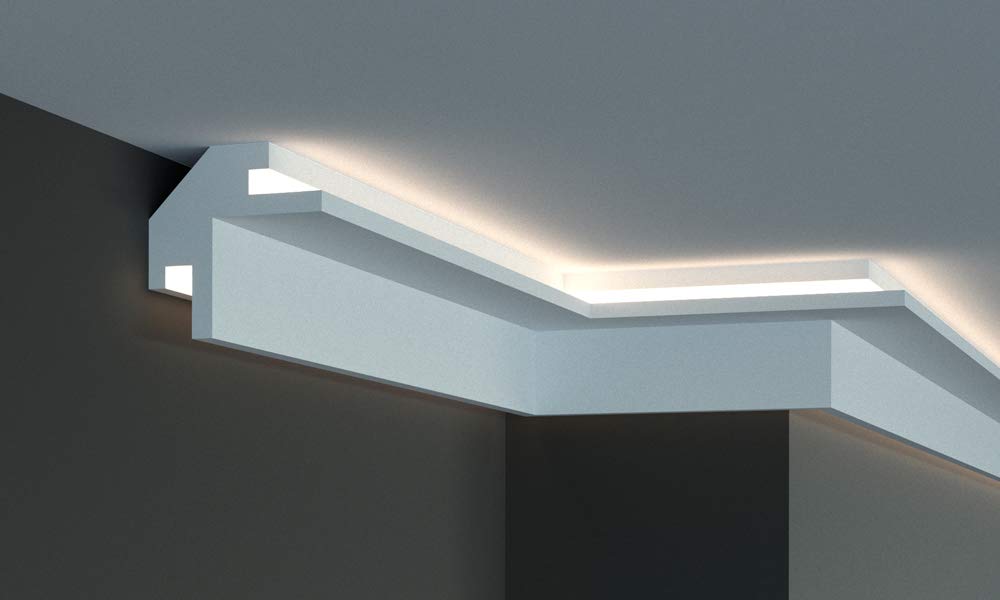Understanding the Versatility of Wholesale LED Strip Lights and LED Modules for Modern Lighting Solutions
Lighting plays a vital role in shaping the atmosphere and functionality of spaces, whether it’s in homes, offices, or commercial settings. Over the years, LED technology has steadily transformed the way we illuminate environments, offering options that are energy-efficient, flexible, and long-lasting. Among the popular choices are LED strip lights and LED modules, each serving unique purposes in modern lighting designs. Exploring these components can help you better understand how they fit into a range of lighting projects.
Introduction to LED Lighting Technology
LED, or light-emitting diode, technology stands out due to its ability to provide bright illumination while consuming less power compared to traditional bulbs. This efficiency has made LEDs a go-to solution for many applications, from decorative lighting to industrial uses. Beyond saving energy, LEDs offer versatility, durability, and a range of colors and brightness levels, making them adaptable to various needs. As demand for sustainable and customizable lighting grows, components like strip lights and modules continue to gain relevance.
What Are Wholesale LED Strip Lights?
LED strip lights are narrow, flexible circuit boards embedded with surface-mounted light-emitting diodes. Their slim and bendable design allows them to be installed in places where traditional fixtures won’t fit easily. You’ll often find them used for accent lighting along ceilings, under cabinets, inside display cases, or even outdoors when properly rated.
Purchasing wholesale LED strip lights is a practical choice for businesses, designers, or hobbyists working on large projects or multiple installations. Buying in bulk generally offers cost savings and ensures consistent product quality. Common features include adjustable lengths that can be cut to size, various color temperature options from warm white to cool white, and sometimes RGB (color-changing) capabilities. They also often come with adhesive backing for straightforward mounting. This flexibility makes them a versatile tool for creative lighting effects without bulky fixtures.
Exploring the Features of LED Modules
An LED module is a compact unit consisting of several LEDs mounted on a small circuit board, usually encased in a durable housing. These modules are designed for applications that require direct, focused light or more robust outdoor lighting.
Unlike strip lights, LED modules are rigid and spaced apart to allow better heat dissipation, which can extend their lifespan. Their solid design makes them suitable for signage, backlighting, or architectural lighting, where even light distribution and durability are essential.
Since the LED module comes in different sizes and brightness levels, it offers tailored lighting solutions that meet specific project requirements. Their installation can be surface-mounted or embedded, depending on the design need.
How Wholesale LED Strip Lights and LED Modules Complement Each Other
While strip lights excel in flexible and decorative lighting, LED modules bring strength and precision to more demanding installations. Often, both components are used together in lighting designs to achieve a balance between ambiance and functionality.
For example, in commercial settings like retail stores, strip lights may be used to create eye-catching accents or highlight displays, while LED modules provide brighter illumination for signage or task areas. In outdoor architectural lighting, strip lights add subtle linear lighting effects, and modules serve as spot or flood lighting to emphasize structural elements.
Using both products allows designers and installers to customize lighting schemes that fit both aesthetic preferences and practical needs.
Considerations When Choosing LED Lighting Components
When selecting between LED strip lights and modules or deciding to combine both it’s important to consider several factors. Durability is key, especially if the lighting will be exposed to moisture or temperature changes. In such cases, waterproof or weather-resistant options should be prioritized.
Brightness requirements also influence the choice. Strip lights are typically softer and more diffuse, making them ideal for mood lighting, while modules often produce more intense light for visibility or highlighting.
Color temperature and control options (such as dimming or color-changing) also play a role depending on the atmosphere you want to create. Power consumption and efficiency should be considered too, as these impact long-term operational costs.
Finally, installation requirements matter whether you need flexible strips that can curve around corners or rigid modules for secure mounting.
Conclusion:
LED strip lights and LED modules represent two sides of a lighting spectrum that continues to expand as technology advances. Their adaptability to different environments and purposes makes them valuable tools for anyone involved in lighting design or installation.
Understanding the strengths and applications of these components helps in making more informed choices that go beyond trends and focus on what works best for the space and function. Whether it’s the soft glow of a strip light or the focused beam of a module, LED lighting solutions continue to brighten our world efficiently and creatively.


